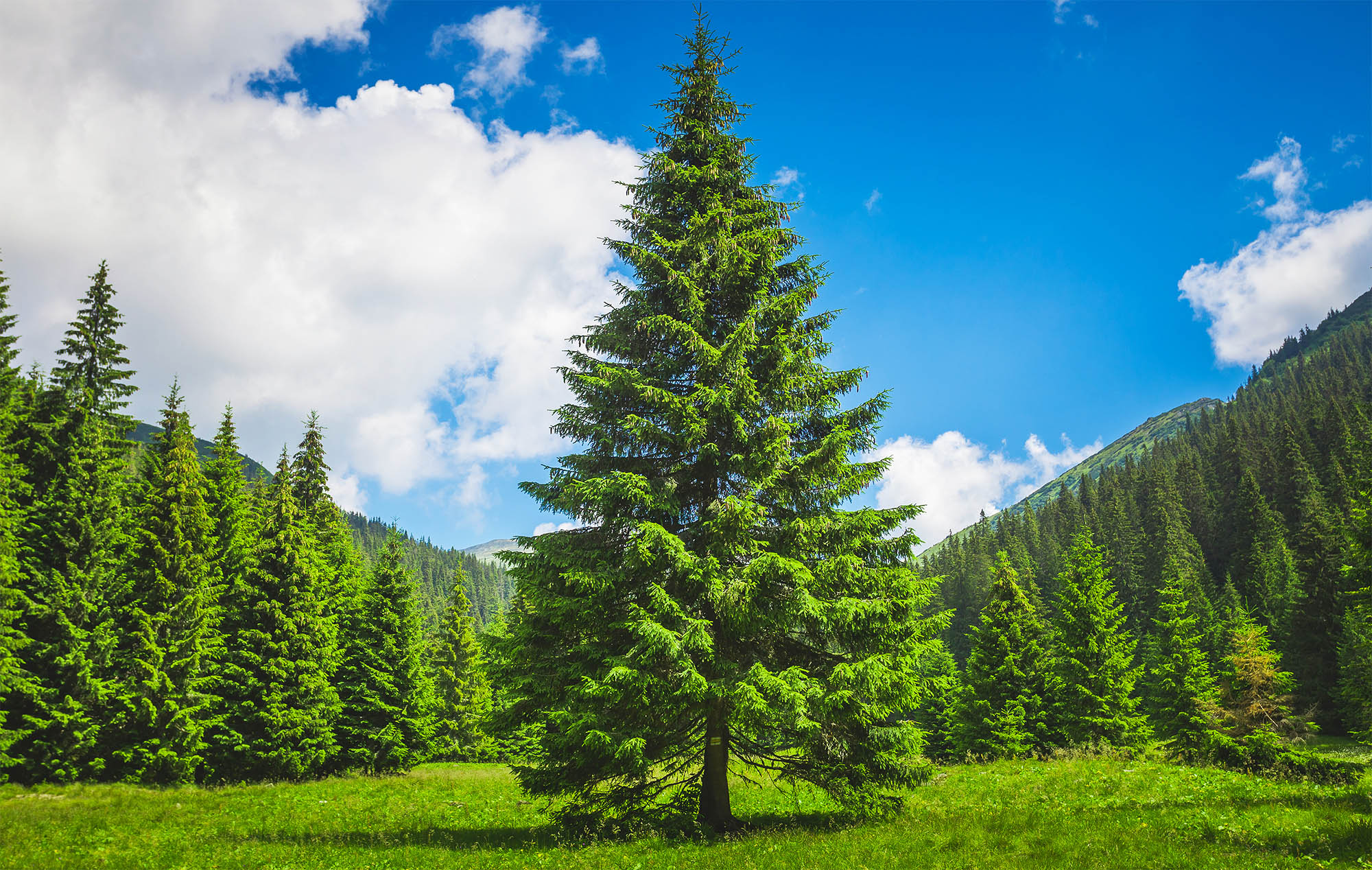Product Detail
Pine
1.Origin Country: Pine trees are found in various countries across the Northern Hemisphere, including North America, Europe, and Asia. They have a wide distribution and adapt to different climates and habitats.
2.Variety and Color: Pine trees vary in size, shape, and color depending on the species. They typically have needle-like leaves and produce cones. Pine needles can be green, blue-green, or silver, and some species have distinctive bark patterns.
3.Edibility and Commercial Use: Pine nuts, which are the seeds of certain pine species, are edible and used in cooking and baking. Pine wood is highly valued for construction, furniture, paper production, and as a source of wood products like plywood and particleboard.
4.Native/Wild or Commercial: Pine trees can be found both in the wild and in commercial plantations. They are grown for various commercial purposes, including timber production and pulpwood.
5.Commercial Long/Short Term: Pine trees are typically grown for long-term commercial purposes, as they take several decades to reach maturity for timber production. However, they can also be grown on shorter rotations for specific applications like pulpwood.
Short Description:
- Pine: Pine trees, with their distinct needle-like leaves and cones, are a common sight across the Northern Hemisphere. They provide essential resources, including wood for construction and pine nuts for culinary delights, making them economically and ecologically significant.
Price: $40.00
